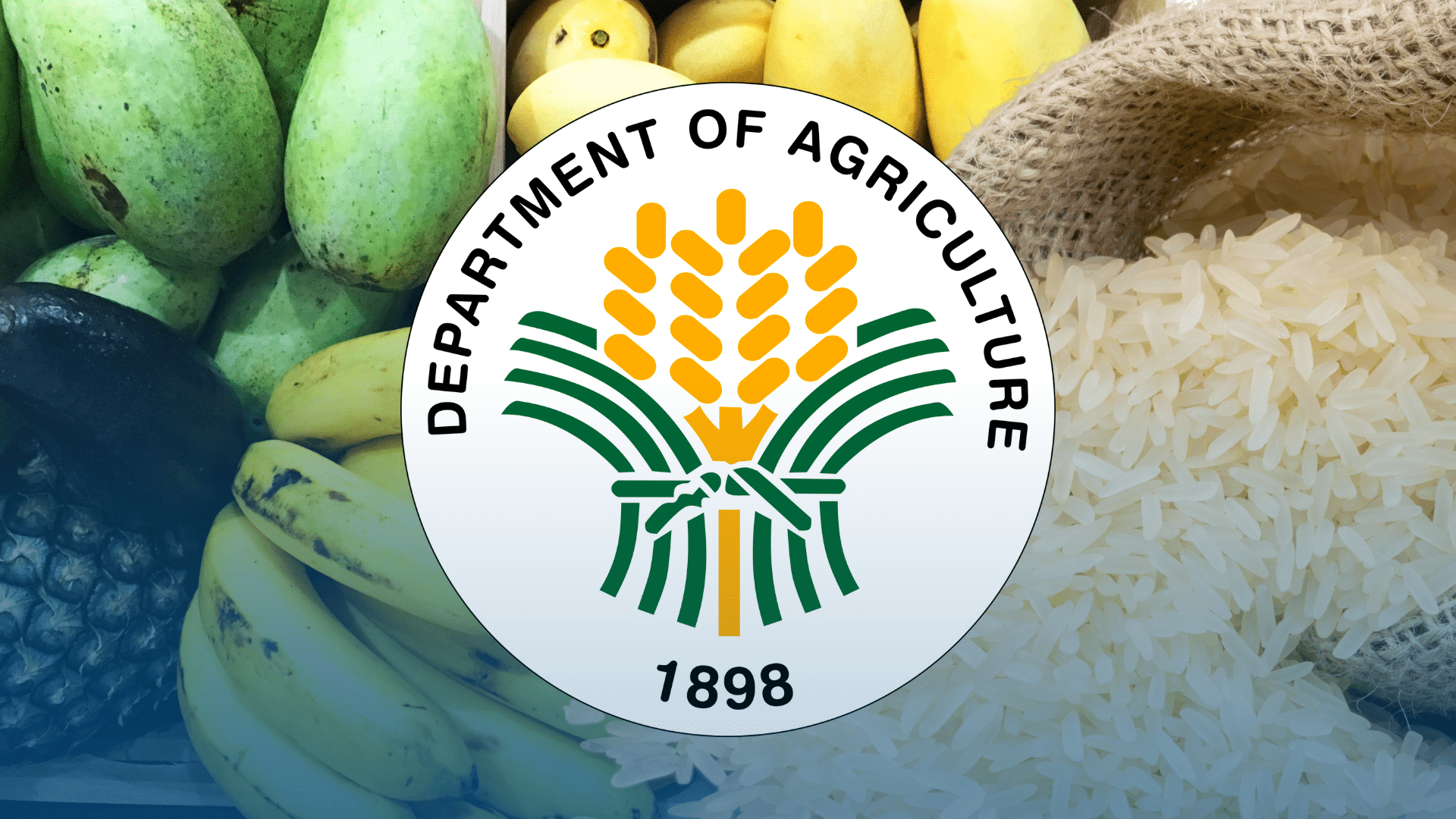
A FEW hundred meters away from our house in Bay, Laguna, is a rice field of around 300 hectares, stretching from our municipality to as far as the neighboring town of Calauan. Fringes of the rice fields near the roads are being rapidly converted into subdivisions and commercial activities, despite the fact that the land is a prime agricultural area due to the presence of a well-developed irrigation system.
Our local government has done nothing to stop the rampant land conversion. It is obvious that our barangay officials are in cahoots with subdivision developers as they allow huge trucks to ferry dumping materials to raise the land level in preparation for the housing project. As a result, our narrow and poorly built barangay road has become almost impassable.
Laguna's rice yield is higher than the national average of 4.2 metric tons per hectare, thanks to the presence of two leading agricultural research institutions in the province: the International Rice Research Institute and the University of the Philippines in Los Baños. Research results, like rice varietal improvement, can be easily disseminated to rice cultivators in the area due to proximity.
But despite higher productivity, most Laguna tillers do not depend solely on rice cultivation to provide for their families. They are also engaged in non-farming activities, like tricycle driving, selling various commodities, tending sari-sari stores, serving as construction workers, etc.
Although palay (unhusked rice) farming provides a hefty return of no less than 20 percent, as shown by a Philippine Statistics Authority study on the costs and returns of palay farming, the income tillers derive from it is still not enough to meet the basic needs of their families.
The reason is so obvious. Most of them are cultivating — as in our town — lands that are 2 hectares and below, too small for them to generate an adequate income from a low-value crop. Unfortunately, the average farm size in the Philippines is now around a hectare.
When I asked our mayor how many cooperatives or farmers associations there were in our municipality, he estimated that there were around 13. He noted that cooperative members were usually related to each other and that the groups were formed mainly to access assistance from the government.
The above anecdotes are a microcosm of what is wrong with our agricultural sector. They clearly point out to us the biggest hurdles in making the sector productive, modern and competitive.
First and foremost is that for as long as our farmlands are fragmented into miniscule sizes, there is no way that agriculture can enjoy scale economies. The protracted implementation of agrarian reform, no doubt a product of leftist and populist advocacy, has resulted in land ownership so small that their cultivators are unable to afford modern agricultural technology that can help raise productivity.
In order for them to survive, endless and ever-growing protection and subsidies will have to be extended by the government. This does not even mean that they are going to be efficient and competitive — they will only be kept afloat. This provides further ammunition to leftist and populist groups to complain that farmers are being neglected.
Ostensibly, the solution is farm clustering and consolidation or the clustering of small farms to one big production unit that is centrally managed by technically qualified personnel. This will ensure the use application of modern farm technology and machineries, planting of the right rice variety for easier drying and milling, and quicker transport of produce to market.
Unfortunately, I have not seen a big push on the part of the Department of Agriculture (DA) or the national government along this line.
The second lesson is that we cannot assume that local government units (LGUs) will prioritize agricultural development. Agricultural development projects take time to bear fruit, which might be beyond the three-year term of LGU officials. In addition, the projects are scattered and are not visibly impressive compared to hospitals, school buildings or sports complexes to which a politician can latch on to win votes.
The Local Government Code of 1991 devolved, among others, agricultural extension services to LGUs. This was a grievous mistake. As most LGUs do not prioritize agricultural development, many of the extension workers appointed were not qualified and were instead undoubtedly loyal to their political patrons. This left a gaping hole in the extension delivery system. Farmers or their associations are not being updated regarding the latest technical and scientific knowledge to increase productivity and efficiency.
Consequently, as the link between research and extension was severed due to the devolution of extension services, the value of research as a critical factor in raising productivity and improving crop variety gradually diminished through the years.
It is not surprising that the Philippines devotes the smallest budget to research and development compared to Asean neighbors like Thailand, Vietnam, Indonesia and Malaysia that have progressive agricultural sectors. Ironically, many of the established agricultural officials and researchers in these countries did their graduate studies at UP Los Baños.
Which brings me to the last point: our governance institutions are not responsive to the needs of the sector. Our politicians and populist advocacy groups would rather pamper farmers with dole outs to maintain their dependence. Proof of this is that farmer advocacy and populist groups have hardly engaged in organizing farmers' associations to establish effective cooperatives, as seen in countries like Taiwan, Japan or South Korea, despite knowing that this is the only way that small farmers can become self-reliant, efficient and competitive.
It is thus not surprising that most of our farmers engaged in retail farming. This is not unique to the rice sector but can also be seen in the corn, fishery, poultry, livestock and vegetable subsectors. Notice that a big chunk of our corn, fishery, poultry, livestock and vegetable production is contributed by small farmers and backyard raisers who live on a hand-to-mouth existence despite continual subsidies from the government.
Unless a shift to commercial production is instituted, I am afraid that it is futile to hope that the DA or the national government can develop our agricultural sector.
fdadriano88@gmail.com
Read The Rest at :



